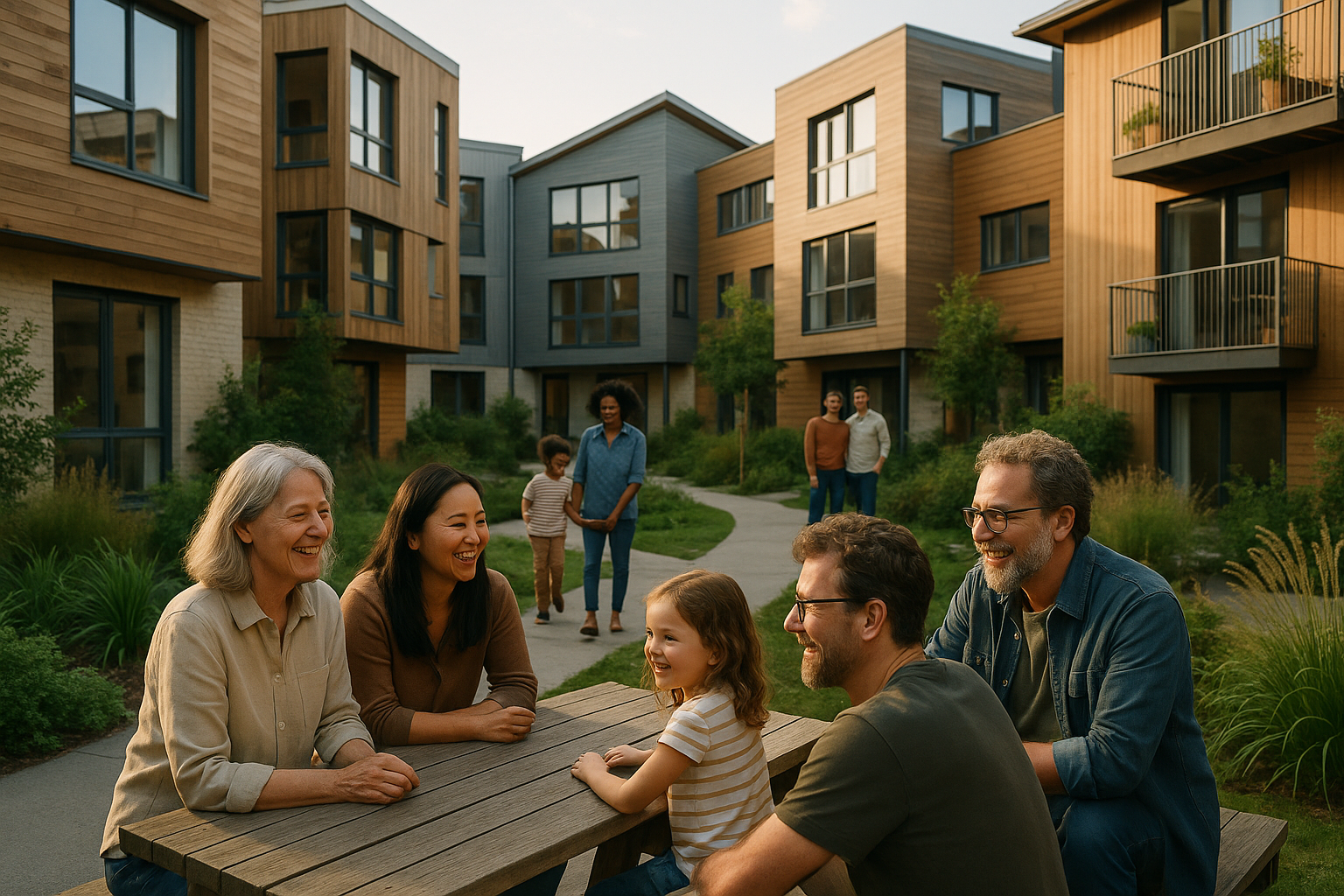Budget-Friendly Housing for Seniors Explained
Senior housing designed for cost-conscious living can include simplified layouts, shared amenities, and supportive services. Exploring how these communities operate helps older adults understand what to expect when planning for long-term housing within a modest budget.

Many older adults live on predictable but limited incomes, so the right home often means a safe, manageable apartment with costs that won’t fluctuate unexpectedly. Budget-friendly options exist in most regions through a mix of subsidized programs, income-restricted buildings, and modest market-rate units. Understanding how these programs set rent, the features that matter for aging in place, and the kinds of services available in your area can make the search more focused and less stressful.
Planning for Budget-Minded Living
Before touring properties, decide how much you can comfortably spend each month. A common guideline is to keep housing costs around 30% of your gross income, which is also how many subsidy programs calculate tenant rent. Add recurring expenses such as utilities, internet, renter’s insurance, transportation, groceries, and medications to see the full monthly picture. Gather documents you will likely need—ID, income statements, benefit letters, and bank records—to speed up applications. Check waitlist policies at local services like public housing authorities and Area Agencies on Aging, and consider broader search areas to increase options while staying near familiar healthcare and social supports.
Low-cost housing for seniors explained
Several program types make apartments more affordable for older adults. Housing Choice Vouchers (often called Section 8) let eligible tenants rent from participating landlords; tenants typically pay about 30% of adjusted income while the voucher covers the remainder up to a local limit. Project-based subsidies and HUD Section 202 Supportive Housing for the Elderly link assistance to specific properties, often with on-site service coordination and age-specific eligibility. Low-Income Housing Tax Credit (LIHTC) communities cap rents based on area median income, providing below-market pricing without individual subsidies. Some public housing authorities operate senior-designated buildings, and in rural areas, USDA Section 515 properties may include rental assistance. Availability, age requirements, and wait times vary by location.
Housing Features for Fixed-Income Seniors
Consider features that support comfort, safety, and predictable expenses. Step-free entries, elevators, grab bars, wider doorways, and walk-in showers ease mobility needs. Bright lighting, secured entries, and smoke and carbon monoxide detectors boost safety. Energy-efficient windows and appliances help control utility costs, and some properties include heat, water, or trash in the rent. Compact one-bedroom or studio layouts can minimize maintenance while still offering adequate storage. Review laundry access, mailbox and package delivery, pet policies, and whether accessible parking is nearby. Ask about maintenance response times and any fees for amenities or services to avoid surprises later.
Community Amenities and Services
The neighborhood around a building can significantly affect quality of life. Look for proximity to healthcare providers, pharmacies, grocery stores, and parks. Public transit or senior transportation services can reduce car expenses. On-site amenities may include community rooms, fitness nooks with low-impact equipment, outdoor seating, gardens, or planned activities. Some income-restricted senior properties provide a resident service coordinator who can connect tenants with meal programs, benefits enrollment, or wellness checks. Libraries, senior centers, and faith-based organizations often host free or low-cost social activities that help build community and reduce isolation.
Real-world costs and providers
What you pay depends on program type, local market conditions, and whether utilities are included. In subsidized models such as vouchers, public housing, and Section 202, tenants usually pay about 30% of adjusted income. Income-restricted LIHTC apartments are priced by local income limits, so a one-bedroom may be several hundred dollars below comparable market rents, though the exact amount varies by metro area. Deposits, application fees, and waiting lists differ widely, and some states or nonprofits offer deposit assistance or emergency rent help when funds are available.
| Product/Service | Provider | Cost Estimation |
|---|---|---|
| Housing Choice Voucher (Section 8) | Local public housing authority (PHA) | Typically ~30% of adjusted income |
| Section 202 Supportive Housing | Nonprofit owners (e.g., Mercy Housing, National Church Residences) | Typically ~30% of adjusted income; often includes service coordination |
| LIHTC Senior Apartment (1-bedroom) | Nonprofits/private owners (e.g., Volunteers of America, AHEPA Management) | Commonly set by area income limits; often about $500–$1,200/month depending on region |
| Public Housing Senior Unit | City/County housing authority | Typically ~30% of adjusted income |
| USDA Rural Rental Housing (Sec. 515) | Private/nonprofit owners with USDA financing | Frequently $400–$900/month in rural areas; with rental assistance, tenant share ~30% of income |
Prices, rates, or cost estimates mentioned in this article are based on the latest available information but may change over time. Independent research is advised before making financial decisions.
Choosing the right fit
Selecting an apartment involves aligning program rules, monthly costs, and daily living needs. Shortlists tend to form around locations with easy access to essentials, buildings with reliable maintenance, and layouts that support mobility and safety. Comparing utility policies, deposit requirements, and public transit access can reveal the true total cost of living. With a clear budget, an understanding of common programs, and a checklist of priority features, older adults can identify options that sustain stability and comfort over time, even in higher-cost regions.




